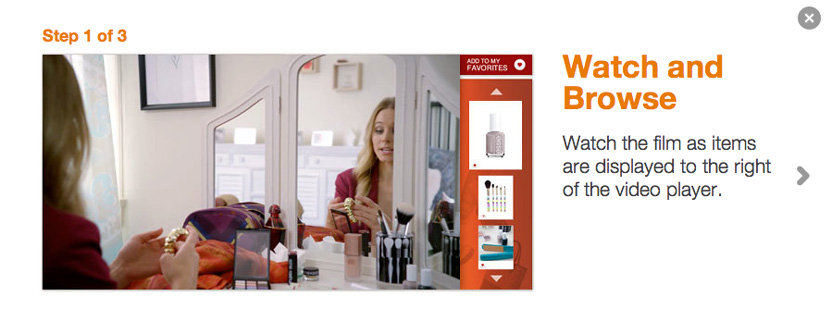Newsflash: there’s been murder. We in the marketing world have finally killed the word “authenticity.” Worse yet, we’ve not only beaten it to death but continue to flog its sorry corpse, misusing it to the point of meaninglessness. It has gone the tragic way of the once proud adjective “artisanal,” so it seems only fitting to handcraft a small batch of explanations.
I acknowledge that most of you on the authenticity bandwagon may consider the following to simply be a matter of semantics. Perhaps so, but semantics matter. Words matter; they create or destroy, and brand marketers, social media practitioners and content creators must be mindful if they want to produce the kind of meaningful, trustworthy, relationship-building, bottom-line-enhancing programs they espouse.
The Problem with Authenticity in Marketing
Faux authenticity, if you’ll pardon the apt oxymoron, is not a brand new development. A New York Times article from over a year ago put it this way:
“…legions of marketers and social networking coaches are preaching that to succeed online — on Twitter, Facebook, Match.com — we must all “be authentic!” ‘What you can’t do is be told by a social media guru to act authentic and still be authentic,’ said Jeff Pooley, an associate professor of media and communication at Muhlenberg College in Allentown, Pa. He said authenticity today is more accurately described as “calculated authenticity” — a k a stage management. ‘The best way to sell yourself is to not appear to be selling yourself,’ Professor Pooley said. Politicians do it. Celebrities do it. And you, reader, do it every time you tap out a status update on Twitter, Facebook, Google+…”
Authentically Meaningless
The decline of authenticity as a meaningful term more recently came to mind when I read about a new “branded entertainment” effort by Target stores, a short film, featuring a well-known director and actors. The CEO of the agency that created the film said, “We want to keep it a bit more authentic and a bit in the background,” by which he appeared to mean keeping the Target sales pitch in the background to let the entertainment shine.
Unfortunately, his idea of “a bit in the background” entails art direction in every scene that prominently features Target products plus an interactive shopping sidebar so you can instantly buy that dramatic blouse the star is wearing, or purchase the cosmetics posed (label toward camera) on her dressing table. The end result, at least in my estimation, is neither “authentic” entertainment or brand communication – and I think it could have been both, even if just executed with a much lighter touch, a softer sell and what that the Times article on authenticity suggests as “… at least some acknowledgement of the artifice.” (Which is not to say that this first “shoppable short series” didn’t create considerable buzz, or wasn’t a devilishly clever idea; it simply shouldn’t be described as “authentic” anything except selling.)
Give It a Rest
The more people shill their authenticity, Professor Pooley said, “the more we want something real.” And the less we seem to be getting it. A first step toward rescuing the once resonant sense of the word authenticity is to quit using it. Advertisers, content marketers, social media mavens… give it a rest. Try describing your products and yourselves simply as honest, open, trustworthy – and then be those things.

